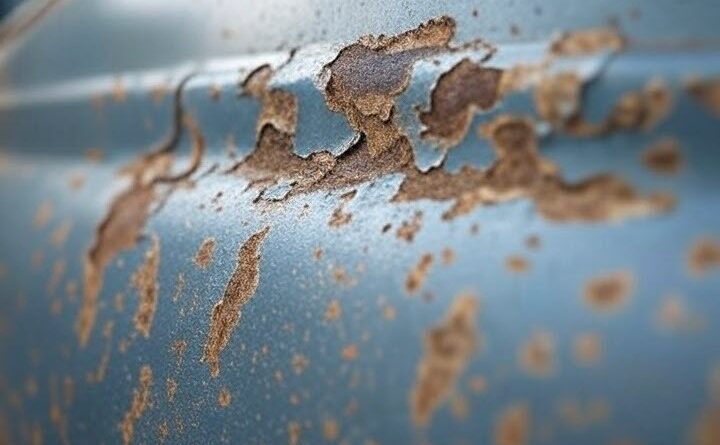What Is Car Corrosion and How Can You Avoid It? Rust Issues
Rust, or car corrosion, is a hidden threat that can significantly reduce your vehicle’s value, appearance, and safety. While modern cars are more rust-resistant than older ones, no vehicle is completely immune. Understanding how rust forms and how to prevent it can save you thousands in repairs and preserve your vehicle for years to come.
What Is Rust and Car Corrosion?
Rust is the result of metal—mainly iron or steel—oxidizing when it reacts with moisture and oxygen. This reaction forms iron oxide, which eats away at the metal and weakens it. In cars, this process is called corrosion, and it often starts when the paint is chipped, scratched, or worn down.
Types of Car Rust:
- Surface Rust: Affects only the outer paint layer. It’s mostly cosmetic and easy to fix if caught early.
- Scale Rust: Occurs when surface rust is left untreated. It can lead to pitting and more serious damage.
- Penetrating Rust: The most severe type. It eats through the metal and can compromise the car’s structural integrity.
Why Does Rust Form on Cars?
Rust is most likely to form under these conditions:
- Moisture from rain, snow, or humidity
- Salt exposure, especially in winter road treatments
- Physical damage to the paint or undercoating
- Neglected washing, particularly in salt-prone areas
Winter weather and coastal environments are especially tough on vehicles.
Most Common Rust-Prone Areas
Certain parts of your car are more exposed to moisture and debris, including:
- Wheel arches
- Sills and rocker panels
- Undercarriage
- Exhaust system
- Door bottoms and trunk edges
These areas should be inspected regularly to catch early signs of corrosion.
How to Prevent Rust on Your Car
Here are practical ways to protect your vehicle from rust:
1. Wash Your Car Regularly
Clean your car, especially during winter. Focus on the underside and wheel wells to remove salt and road grime.
2. Apply Wax or Ceramic Coating
Wax adds a layer of protection against moisture. Ceramic coatings offer even longer-lasting defense.
3. Touch Up Paint Chips Promptly
Small chips can quickly turn into rust spots. Use touch-up paint to seal any exposed metal.
4. Use Rustproofing Products
Rust inhibitors and underbody sprays help shield exposed metal. Professional treatments are also available for long-term protection.
5. Park in a Garage or Covered Space
Keeping your car dry prevents moisture from settling on metal surfaces.
6. Schedule Regular Inspections
Have your car checked for rust during servicing or by a specialist. Early detection is key.
Signs of Rust to Watch For
Early rust isn’t always obvious. Watch for:
- Bubbling under the paint
- Discoloration or orange patches
- Flaky or peeling coatings
- Crunchy sounds when pressing near seams
Catching these early can save you from expensive structural repairs later.
Should You Buy a Car With Rust?
Minor surface rust can be acceptable, but structural rust on the chassis or suspension is a serious concern. Always get a pre-purchase inspection to assess the severity of any rust before buying a used vehicle.
Carexamer.com provides comprehensive inspections, including detailed rust and underbody checks, so you can buy with confidence.
Final Thoughts
Rust is preventable, and taking the right steps now can extend your car’s life and preserve its value. From regular washes to rustproofing, prevention is far cheaper than repair. Whether you’re maintaining your current car or shopping for a used one, staying proactive is the key to avoiding rust problems.
Buying a used VW. Buying used vauxhall, BMW, Jaguar, Ford, Volvo, Range rover, Bentley, Aston Martin, Porsche, Ferrari, Lamborghini, Maserati, Hyundai, Tesla, Honda, Pagani

